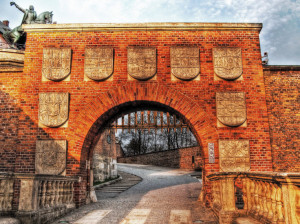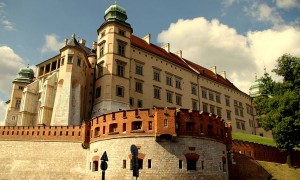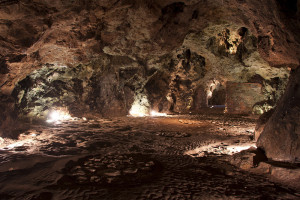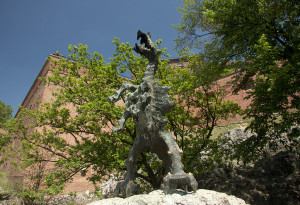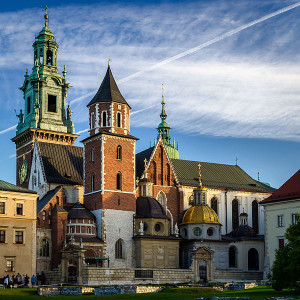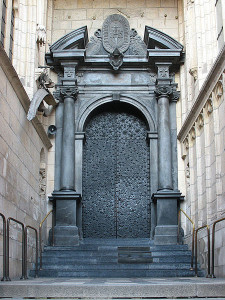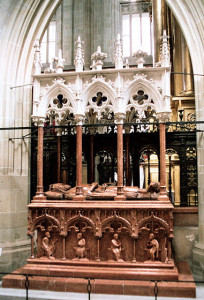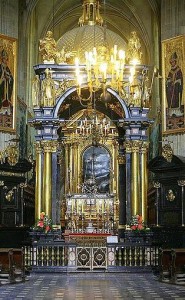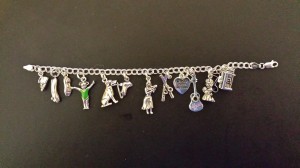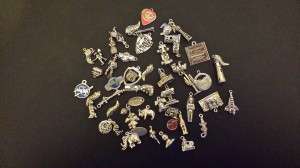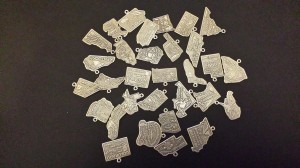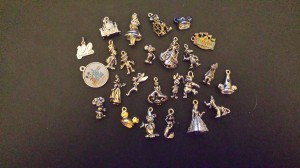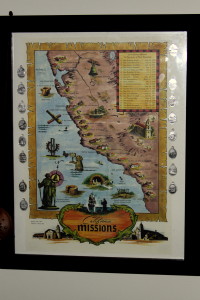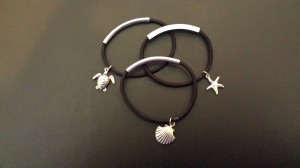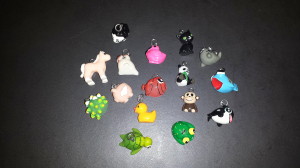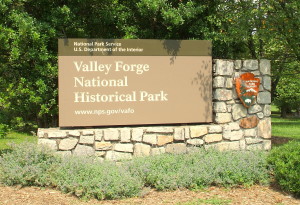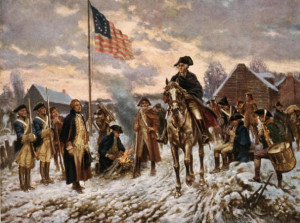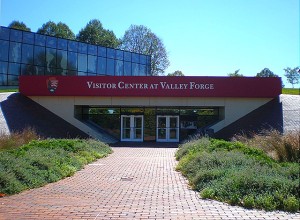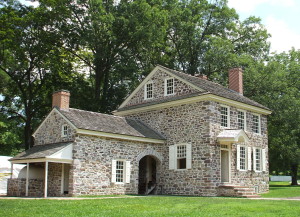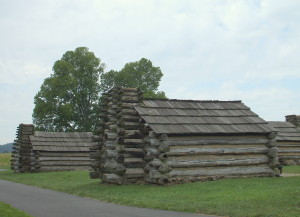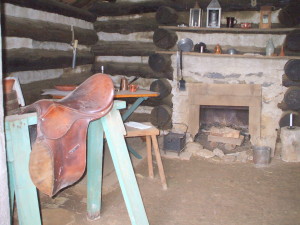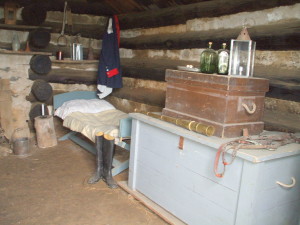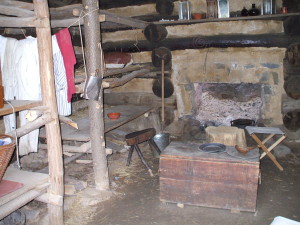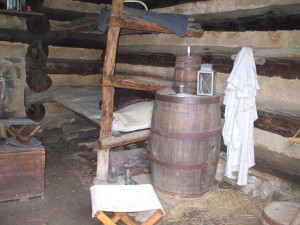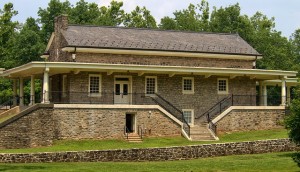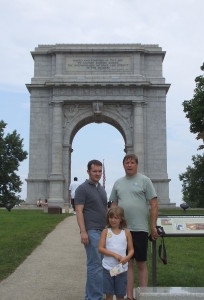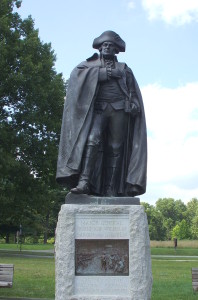Many years ago I envisioned my home as a place filled with family photographs, travel mementos, a collection of interesting books and other various decorative items that would bring a smile to my face … and that is exactly how I would describe the home that I live in today with my family.
My approach to adding personality to a room is displaying interesting pieces and decorative items throughout a home that have special meaning to our family so that when guests visit these items will tell a story of our life or convey our personal interests and this can be a wonderful starting point for conversations. Decorating a home with family photos and memorabilia are wonderful ways to remember the people and important events that hold special memories in our lives and they are an important way to surround ourselves with family love and heritage. Displaying decorative items gathered throughout the years, such as travel souvenirs or themed collectibles also convey our interests and hobbies. So, let me get started with some ideas and suggestions for adding personality to your home!
Family photos
Decorating with family photos is a perfect opportunity to add our family’s character and personality into a room. Every year, just before my children’s birthday, I always schedule an appointment at the portrait studio at our local department store. These formal portraits are displayed throughout our house; some are in the bookshelf in our family room, the upstairs hallway and in our daughter’s bedroom. It is a wonderful way to show how our children have grown and changed over the years!
In a bookshelf to the left of our family room fireplace are a collection of family photos. As mention, some of the photos are our children’s formal portraits but others include old family photos such as childhood photos of me and my husband and also my parent’s wedding portrait. Other family photos are more informal and were taken at family events over the years. I love the fact that when guests come to visit they are able to see in one place in our home photos of all of our family members taken at various times in our lives.
Displayed in another room of our house, in our master bedroom are formal wedding portraits of my husband and I and these are displayed on the dresser along with childhood photos of the both of us. I really like the idea of displaying the childhood photos and our wedding photos together because there is such a lovely contrast of the past and it is fun to see how we looked when we were younger!
As you can see, I like to surround ourselves with photos taken over the years but not all of them need to be formal portraits. Examples of this are the informal photos taken on family vacations and trips that are displayed in the bookshelves of our home library. Our family loves to travel to places such as national parks or historic sites but we also enjoy getting out into nature by hiking or fishing. Looking at these photos always brings back wonderful memories of fun times and interesting places spent together as a family.
For more information about displaying family photos, please check out the following post, Not Your Normal Wall Art!
Family memorabilia
Over the years I have collected several items that can be classified as family memorabilia. The idea for displaying these pieces throughout our home is to remember special events or important times in our lives. Here are a few examples:
Displayed in the upstairs hallway of our home is a large wedding portrait with the date of our marriage inscribed on a small gold plaque and on the mat surrounding the portrait are the signatures of our wedding guests. To the left of this piece is another series of four photos taken on our wedding day with our families. These two sentimental pieces commemorate that special day at the start of our lives together as husband and wife.
Two more family memorabilia pieces displayed in our home are hung on the wall above the bed in my daughter’s room. The two framed pieces commemorate her baptism and her first birthday, two important events in her childhood. Using an uncut mat board and some special scrapbook paper that was signed by the guests that were in attendance at those two events and then later framed in matching golden frames I created these two pieces that will hopefully be something my daughter will treasure forever as a unique childhood heirloom.
Sometimes other important influences in our lives are the places we have lived. In the dining room of our home I have displayed two framed pieces of sheet music. The first one is “My Kind of Town” as sung by Frank Sinatra which is often referred to as the “Chicago” song. Chicago is a special place in my family history because my mother was born there and my parents met, married and lived there before moving to California. The other framed sheet music is of the song “San Fernando Valley” as sung by Bing Crosby. This is another important place to me because that is where I was born and raised and I have very fond memories of living there as a child.
For more information about displaying family memorabilia commemorating special events, please check out the following post, Not Your Normal Wall Art!
Travel Souvenirs
Our family enjoys traveling across the United States and we also have traveled to different parts of Europe to see family and friends and my husband has visited parts of Asia while he was getting his master’s degree. All of these travel experiences have provided us with interesting opportunities to learn about our country and the world and we have thoroughly enjoyed our time together as a family visiting these places.
During these travels we have collected various items and these are displayed in the library of our home. The bookcases are filled with interesting souvenirs, such as a weapon made from sharks teeth purchased at the Polynesian Culture Center in Hawaii, Polish dolls and a city certificate commemorating our visit to Krakow in Poland, a piece of the Berlin Wall and framed Edelweiss from a trip to Germany, two jade lions displayed with a photo from my husband’s visit to Asia and a photo of our family taken at the Kennedy Space Center displayed with a model of the Space Shuttle. All these unusual items are displayed as reminders of wonderful trip that we have taken over the years and are also great way to start interesting conversations with guests visiting our home.
The other parts of the bookshelves are also filled with rocks, minerals and fossils that my husband has collected over the years. This interesting hobby is highlighted in a post that he wrote recently called “The Rock Guy”. Please click on the link to check out how he started his collection and information about the different items.
On the opposite wall in the library is another bookshelf filled with beach memorabilia that I have collected throughout the years. Living in California our family has spent many wonderful hours at the beach walking along the shore, playing in the sand and watching the waves and some very beautiful sunsets over the Pacific Ocean. We have collected many seashells from the beaches of Southern California and on our visits to the east coast in North Carolina and Florida. These seashells are also displayed with family photos from those trips and decorative pieces that tell the story of our love for the beach and the oceans.
For more information and suggestions on how to display these items, please check out the following posts: Displaying Travel Souvenirs and Beach Memorabilia
Themed Collectibles
Over the years I have collected several themed items that are displayed throughout our home and reflect my interests and hobbies. I have several different series of collectible plates that displayed in various rooms, such as Danbury Mint National Park plates that hang above the bookshelves in our library and within the bookshelves are several plates displayed on easels, two collectible nature plates of ducks and wolves and a Native American decorative plate we bought during our southwest travels. These collectible plates are another reminder of our family travels and our love and respect for nature and animals. For more information about the other collectible plates displayed in our home, please check out the post Decorating with Plates.
Living in California our family has been going to Disneyland since it opened in 1955 and we have spent many wonderful times together as a family enjoying the “happiest place on earth”. Over the years I have started a collection of Disney memorabilia including Disneyland items, Mickey Mouse, Pinocchio and Disney princess figurines and these items are displayed in a trio of glass door bookshelves in the basement of our home and reflect our family’s love for all things Disney! For more information, please check out Disney Memorabilia Collection.
Another special collection displayed in our home is my Boyd’s Bear figurines and stuffed animals. In the library of our home is an oak bookcase which displays some of my favorite Boyd’s Bear figurines, some of these items are changed seasonally. Additional holiday Boyd’s Bear items are displayed in other rooms of our home. My collection of the whimsical Boyd’s Bears items never fails to put a smile on my face and brings joy to my heart! For more information, please check out the following posts: Displaying a Boyd’s Bear Collection Part One and Part Two.
In conclusion, decorating a home with family photographs, travel mementos, a collection of interesting books and other various decorative items is a wonderful way to reflect a family’s interests and hobbies. For additional examples about adding decorative pieces that will add personality to a room, please check out the following Décor posts, Framing Small Items and Home Office. In addition, please check out the Craft Section of this blog for some wonderful projects, such as Embellished Photo Frames.
Like this:
Like Loading...

